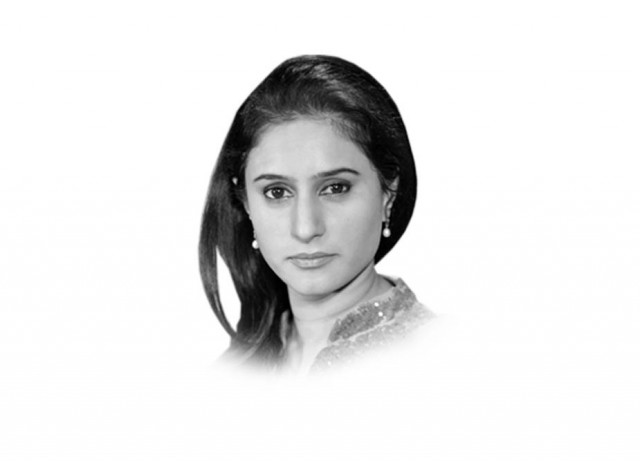Where is Pakistan?
I walk into Mohalla Qazian in Nowshera district. It is on the banks of the mighty Kabul River.

“No one has come to our rescue,” says Shamsul Qamar, a 75-year-old labourer whose house is still under water. “Will you form a task force to build houses or will you approach the local authorities?” I ask. But they have not thought of a plan, they are too traumatised. “We have to stay here and protect what is left of our property,” pipes up 25-year-old Haq Nawaz. During the day people battle with thirst, hunger, disease and the blazing heat and by night with robbers who have no qualms about turning a tragedy into an opportunity.
Homes close to the river are completely inundated with water. “That is my home,” says Mohammad Ali, pointing to what was once a two-storied house, now under water, with only the roof visible. Mohammad Ali has sent his family to a relief camp nearby, but since there was not enough space for all twenty of them, half of them had to take refuge close to Charsadda. They are the lucky ones.
Those who stayed behind have developed all kinds of skin ailments, in addition to diarrhoea. Eighty-year-old Gulnar Bibi, a widow, is one of them. With one hand in bandages, under the scorching sun, she lays bricks on the demolished wall of her home. But even in this time of misery, she has not forgotten the Pashtun tradition of hospitality. As I leave, she says, “I am sorry I cannot offer you any tea, perhaps you will come another time?”
Just a few feet away is Arshad Bibi’s clinic. The clinic withstood the floods but her house which used to be next door is no more. “We were born here and my parents died in this house,” she says staring at the rubble, with tears in her eyes. Arshad is also a widow and the house was all she owned. “The floods have destroyed us, we have to start from scratch, whether we are rich or poor. But I shall stay here and guard what little remains,” she says.
“It must be hard for a widow to survive on her own, are you not scared?” I ask. “Our parents taught us how to protect ourselves. I have a gun in the house and I have let it be known that I am not afraid to use it, if the need arises,” she replies defiantly.
And so in times of crises gender differences get blurred, as people try and fight for survival. But at least Arshad’s and Gulnar’s families are intact. A few kilometres away from their mohalla lives Alam Shah. He lost his son when the floods came. Shah went from city to city to search for him. But without a photograph or an ID card to identify him, Alam Shah realises his search will be long and hard. That is the dilemma that many are facing. There are many survivors who have lost their loved ones and since all their belongings have been washed away, they have no documents to identify them. The local administration can be of no help to such people. All government houses on the banks of the River Kabul are submerged in water and it will take time for local authorities to organise themselves. There is some relief work being carried out but not enough to cope with such a gigantic calamity. “Our province has been eaten away by terror and now these floods. We need help and we need it fast. We do not see the same spirit of caring that was there during the earthquake in 2005. Where is Pakistan?” asked the Kyhber-Pakhtunkhwa minister for excise and taxation, Liaquat Shabab, as he stood next to his sinking home. Back in Islamabad, as I watch the coverage of the floods, all I see is politicians bickering and talk show hosts expounding media freedom. I switch to the international networks and floods in Pakistan are headline news. Some have posted appeals for aid.
I too wonder, “Where is Pakistan?”
Published in The Express Tribune, August 14th, 2010.













COMMENTS
Comments are moderated and generally will be posted if they are on-topic and not abusive.
For more information, please see our Comments FAQ